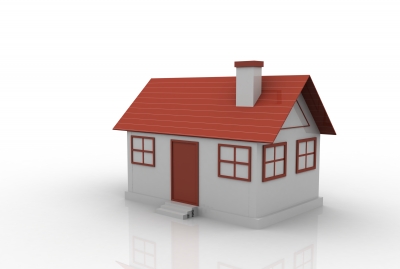Checking for Mold Contamination Inside Wall Cavities
Image: FreeDigitalPhotos.net
Wall cavities have been recognized for some time as significant growth sites for toxic molds. Growth of these fungi in wall cavities can occur as a result of a number of circumstances ranging from construction and design defects to accidental water intrusions. Assessment of microbial contamination in wall cavities presents a number of problems. Typical destructive testing performed to gain access for visible inspection and surface sampling should be avoided. In addition to the aesthetic issues associated with destructive testing, there are potential hazards to the sampling technician and occupants should the wall penetration expose mycotoxigenic fungi to the ambient indoor air.
Air Sampling is the preferred type of testing, because this method provides the most accurate snapshot of air quality information. Often hidden mold problems are revealed using this method, but this of course cannot be guaranteed. Air testing involves using a calibrated air pump to move a known quantity of air through a special impact collection plate. Microscopic analysis of the air sampling collection plate will not only give you the species of mold present, but can give you an accurate quantity of mold in the air. No other testing method measures how much mold is in your home or building. This is by far the most useful test available. This type of mold testing generally requires at least 2 samples. One inside sample for every 1500 square feet of home is typically recommended and one outside. 2 or more samples are necessary for comparative analysis. In other words, if the mold count inside of the home is about the same as the count outside, you probably don’t have a mold issue inside of your house.
"It is likely that almost all molds in elevated levels indoors are unhealthy..." U.S. Environmental Protection Agency.
Why is indoor air testing the most valuable? Because the negative health effects of mold are usually caused by the spores and other allergens released by the mold into the air. Inhaling, or coming in contact with these spores or toxins is what causes negative health effects, and they are in the air around us.

